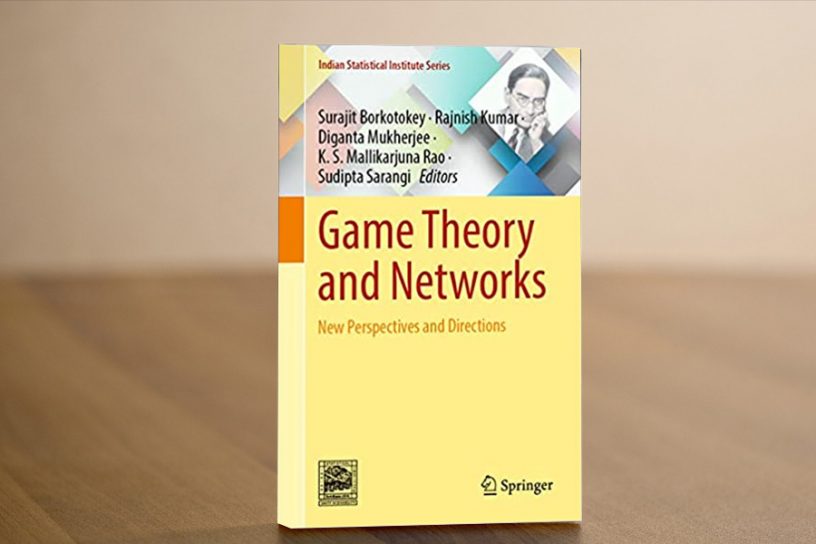
This book chapter surveys two alternative approaches to Assembly Problems, viz., bargaining under complete information and exchange with asymmetric information.
Authors
Dhritiman Gupta, Assistant Professor, Jindal School of Government & Public Policy, O.P. Jindal Global University, Sonipat, Haryana, India.
Soumendu Sarkar, University of Delhi, New Delhi, India.
Summary
A set of sellers own one unit each of an indivisible good. A buyer wants to purchase a subset of these units. Additionally, units in the purchased subset are required to constitute a path of a desirable length in a graph.
In this graph, nodes represent units of the good, and edges between pair of nodes represent the complementarity of the pair in the production process used by the buyer.
The sellers have non-negative valuations for the units they own. The buyer has a non-negative valuation for every feasible subset of units. These valuations may be common knowledge or private information.
An Assembly Problem is the exchange problem described by the graph, the minimal size of a feasible subset, and the valuations of the agents. This chapter surveys two alternative approaches to Assembly Problems, viz., bargaining under complete information and exchange with asymmetric information.
Published in: Borkotokey S., Kumar R., Mukherjee D., Rao K.S.M., Sarangi S. (eds) Game Theory and Networks. Indian Statistical Institute Series. Springer, Singapore.
To read the full article, please click here.


